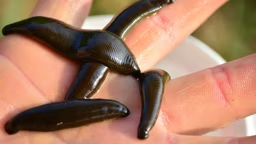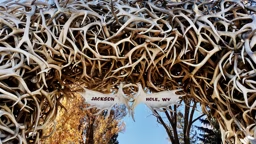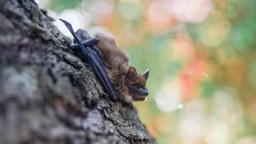Q: We have a yard pest problem. We’ve had small diameter, deep holes developing in our yard. What type of critter is making these holes, and how can we stop it?
– Joe Morton, via e-mail
A: It’s hard to know what exactly your pest problem is, as many animals leave deep holes in the ground: chipmunks, gophers, moles and voles, to name a few.
Sometimes, it’s possible to identify the culprit(s) by looking closely near and around the holes. For example, moles and gophers leave mounds of dirt outside the openings of their holes; their tunnels may also, at times, be visible from above ground.
The critters you’re after might also be voles, which do not tend to leave dirt mounds, but may take over mole tunnels and holes. Voles sometimes leave identifiable pathways or runways on the ground too – about 2-inch wide surface paths around their burrows.
Chipmunks, like voles, don’t leave dirt around the entrances to their tunnels, but their holes are usually well hidden and near buildings, trees or other objects.
Regardless of whether you’re able to identify which pests are infiltrating your yard, there are a few easy, inexpensive and relatively helpful methods to send them packing. First, when you find a hole, fill it in with fresh dirt. (You may have to repeat this process a few times before your message is made clear.)
Another thing that works is flooding out the tunnels and burrows –
simply stick a garden hose into one of the holes and turn the water on. Doing this will also help you identify other holes in the system that you can later fill in with soil.
If your problem is moles or gophers, you can also place some stakes or poles with little windmills near the holes to deter them. (They hate the vibrations caused by these gadgets.) The same goes for a half-buried glass bottle – the wind blowing across and through that narrow mouth opening is very aggravating to them.
There are other methods to try too, such as live trapping/transferring or even poisoning, but there’s really no need to be that aggressive unless the critters are destroying your yard or getting into your home. If that’s the case, consult your local pest control agency or visit the Internet Center for Wildlife Damage Management (http://icwdm.org) for more detailed advice and information.










